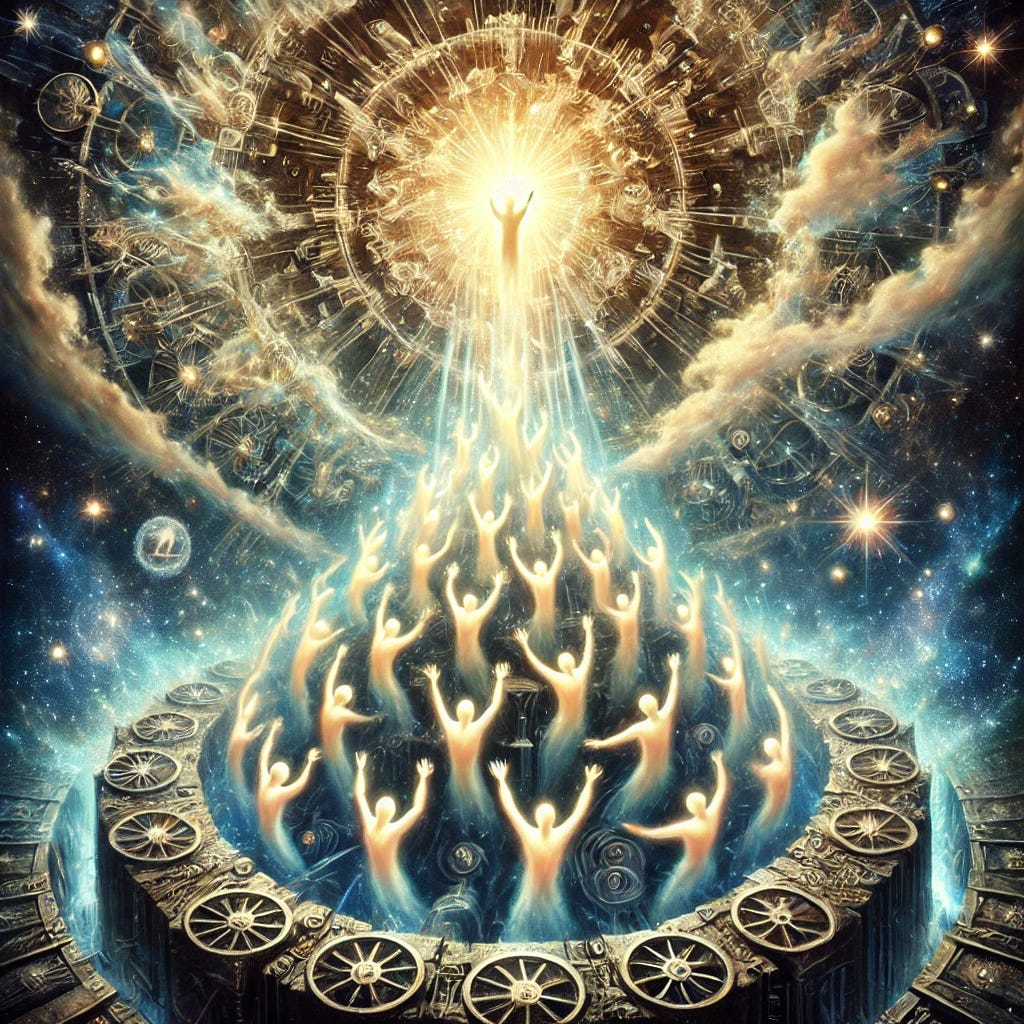Introduction: The Veil of the Demiurge and the Great Awakening
Humanity stands at the threshold of an unprecedented shift—a global awakening that is shaking the very foundations of our understanding of reality. Across the world, people are beginning to sense a deeper, pervasive dissonance in the narratives that have long defined society, culture, and even their own identities. Questions once relegated to the esoteric fringes are now surfacing in mainstream discourse: What is real? Who am I, truly? And why does everything seem so… artificial?
This phenomenon—often described as a mass awakening—seems to be the collective realization that something fundamental is wrong or incomplete about the world we inhabit. Old certainties are unraveling, and people are breaking free from long-held patterns of thought, perception, and behavior. They are beginning to see through the illusion, searching for a deeper truth that lies hidden beneath the veneer of daily life. Yet, for many, there is no langua…
Keep reading with a 7-day free trial
Subscribe to Who, what, where am I? to keep reading this post and get 7 days of free access to the full post archives.




